Golf Rules Explained: Putting Green
Several things changed on the shortest grass from 2019. Here's a summary...
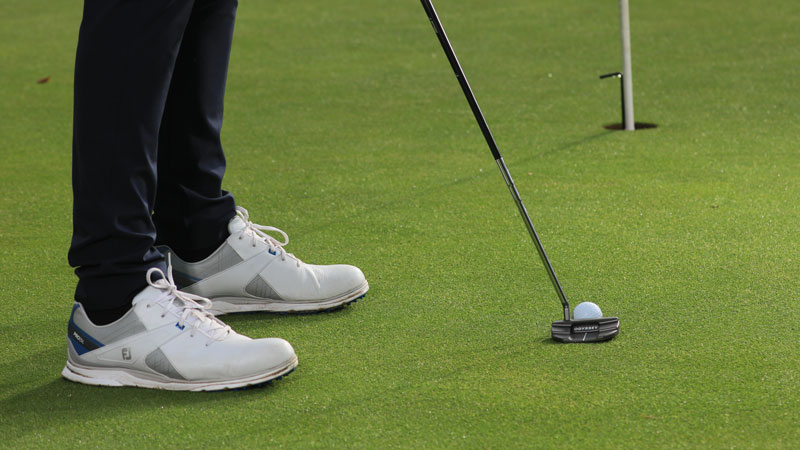

We take a look at some of the specific Rules you need to remember on the putting green
Golf Rules Explained: Putting Green
A number of the new Rules that came into effect in 2019 related to the putting green.
Obviously, we have played under them for a couple of years now, but a refresher on some rules is always welcome. So from putting with the flag in to repairing damage on the green, we explain some of those Rule changes below...
Before that, why not take a look at our video of what we feel to be 7 most important golf rules too...
Putting with the flagstick in
Previously
Get the Golf Monthly Newsletter
Subscribe to the Golf Monthly newsletter to stay up to date with all the latest tour news, equipment news, reviews, head-to-heads and buyer’s guides from our team of experienced experts.
If you played a stroke from on the green and the ball struck the unattended flagstick in the hole, you would have been penalised.
From 2019

There is now no penalty if a ball played from the green strikes the flagstick in the hole.
A number of factors have contributed to this change, not least the potential to speed up play and reduce wear and tear around the hole, especially during the off-season.
By the time Covid-19 restrictions came in preventing golfers from touching or removing the flagstick, many golfers had already grown fully accustomed to putting with the flagstick in.
Related: Golf Rules Explained - Dropping and Measuring
Ball moved on the green
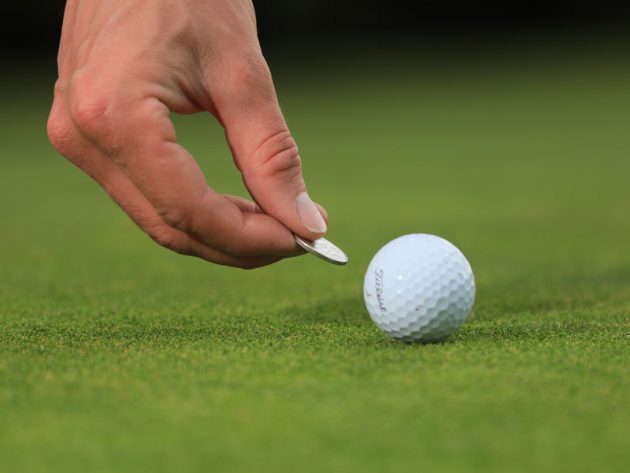
Previously
If you, your partner or your caddie accidentally caused your ball to move anywhere on the course, you were penalised.
From 2019
The ever-better quality and speed of today's greens has increased the chance of balls moving on them, and you are no longer penalised for any accidental movement of either ball or ball-marker on the putting green, something that had already been an option via a Local Rule since 2017.
With such movements usually small and the ball easily replaced, any penalty would perhaps seem unduly harsh.
Repairing damage on the green
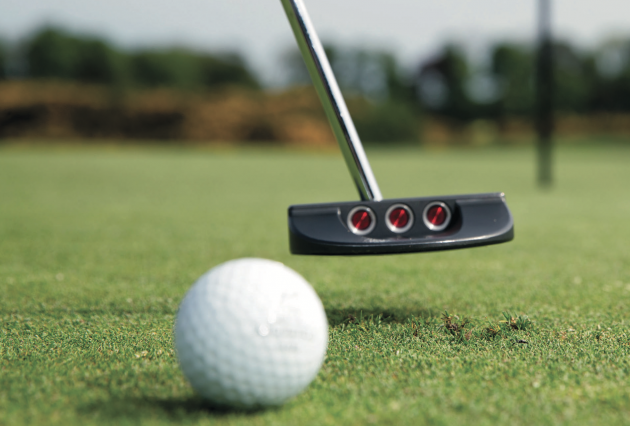
Previously
The only damage you could repair on the putting green was either pitch marks or old hole plugs, whether or not your ball was on the green.
From 2019
You are now able to repair wider damage, including shoe damage (spike marks), animal damage and indentations made by a club or flagstick.
This should reduce the need for deliberations about what has caused any damage.
It should also eliminate that slight tension between not being allowed to tap down spike marks before you putt, but being encouraged to do so afterwards, thus benefiting everyone but yourself!
Concerns about a potential impact on pace of play don't appear to have been realised, especially as spike marks aren't as prevalent as they were in the days when metal spikes were commonplace.
Related: Golf Rules Explained - Bunker Changes
Touching the line of play on the green
Previously
You were prohibited from touching your line of putt, other than when removing loose impediments or movable obstructions, repairing pitch-marks or marking your ball.
From 2019

There is no longer a penalty for merely touching your line of play on the green, as long as you do nothing to improve it.
Merely touching the line of play gives you no advantage, and it can be argued that brushing leaves from your line with your putter is more likely to have an impact.
The end of a harsh penalty for something that brought no discernible benefit.
Related: 8 Rules Golfers Break Without Realising
Replacing a ball on the green moved by wind, water or other natural forces
Previously
You would always have play from the ball's new spot, even if you had previously marked, lifted and replaced it.
From 2019
Once you have marked, lifted and replaced your ball that now represents a 'stop' point.
If it then moves after you replace it, you must replace it on that spot.
This will see an end to those anomalies in high winds, where one minute you had a 12ft birdie putt and the next your ball had rolled off the green, or even perhaps into the hole, in which case you would be deemed to have holed out with your previous stroke.
This seems much more fair and sensible.
For more Rules content, check out the Golf Monthly website.

Location: Sunningdale Heath
Tom has been coaching since 2011. He played on the EuroPro, Sunshine and Challenge Tour and he started his teaching career at Wentworth and in 2013 he became the club's first Junior Academy Manager, setting up a teaching program for 3-12-year olds. In 2016 and 2017 Tom was awarded a Top 50 U.S. Kids coach award, only the second person in Europe to have achieved this accolade twice and he has now been awarded Master US Kids instructor status after his third award in 2021.
Teaching philosophy:
1) If you can’t measure it you can’t improve it. 2) Coach the student, not the swing!
Greatest teaching success story:
I started to work with an ex-England international cricketer in 2015, he retired earlier than he wanted to due to an injury, he was 27, young fit and healthy and wanted to progress his golf to the point of turning professional! He arrived in my teaching room as a 6 handicap, huge clubhead speed and a weak short game. We put together a weekly coaching/practice programme which included me attending amateur events to watch him play, we rebuilt his technique and spent lots of time learning how to navigate around a course as he lacked so much tournament playing time growing up as he was involved in another sport. His handicap moved to +2 in 18 months, he then turned pro and had five top-10 finishes in mini tour events but sadly had to give up due to more injuries, I remember being totally gutted as the progress had been so rapid I truly believed he’d gain European Tour status, we’ll never know sadly, but I know I did as much as I could in the time we had.
Most common problem with students?
Not forgetting the basics, often and especially with elite players, generally faults stem through poor fundamentals that create a snowball effect through out their game. I pen mark an alignment stick with stance, width ball position and of course it’s used for alignment as well. This means they’re always hitting balls with the same set-up, this helps the swing pattern formulate more effectively. In addition to this sticking to a process and a formula, we tend to get derailed by a bad performance or even a bad shot, that’s the time to teach the student to be totally focused on their process and formula for success rather than searching for a temporary quick fix or feeling.
Students learn best when…
They’re engaged and have feedback on their progress! As they see improvement it motivates them work harder.
-
 What Golf Shoes Is Justin Rose Wearing At The Masters?
What Golf Shoes Is Justin Rose Wearing At The Masters?The Englishman has been seen wearing a number of shoes throughout his career and, at the start of 2025, Rose has been spotted donning footwear from PAYNTR Golf
By Matt Cradock Published
-
 I Am So Fed Up With The Masters Television Coverage... Why Can't We Watch A Full Day's Play?
I Am So Fed Up With The Masters Television Coverage... Why Can't We Watch A Full Day's Play?The strict television rules around The Masters at Augusta National are really starting to bug me, especially in this modern era of mass sports consumption...
By Barry Plummer Published
-
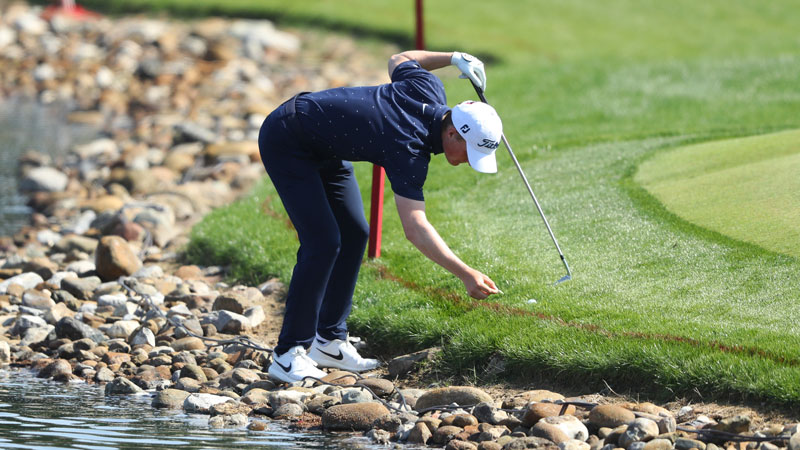 New Golf Rules Explained: Penalty Areas
New Golf Rules Explained: Penalty AreasThe new Rules of Golf came into force in 2019 and the term 'hazard' is no longer of use.
By Sam Tremlett Published
-
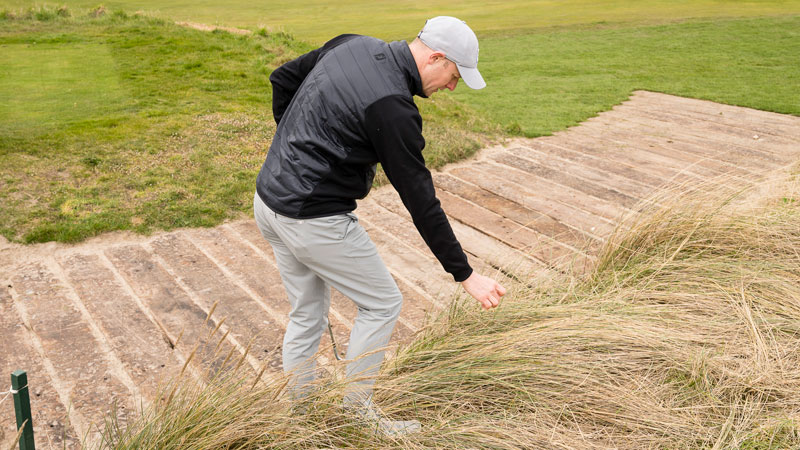 Golf Rules Explained: Dropping And Measuring
Golf Rules Explained: Dropping And MeasuringWe explain the dropping and measuring techniques to use out on the golf course.
By James Jankowski Published
-
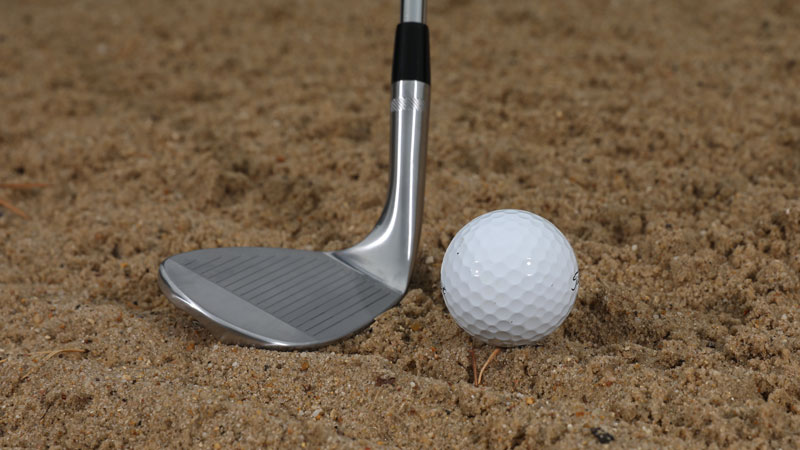 New Golf Rules Explained: Bunker Changes
New Golf Rules Explained: Bunker ChangesFrom 2019 the rules regarding loose impediments and unplayable lies in bunkers changed. Here is how.
By Elliott Heath Published
-
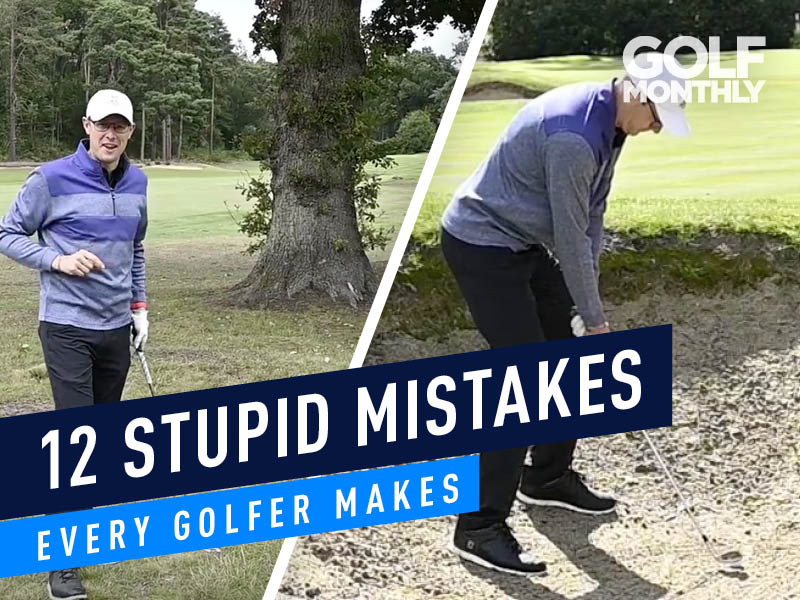 12 Stupid Mistakes Every Golfer Makes
12 Stupid Mistakes Every Golfer MakesWe count down the 12 stupidest mistakes every golfer makes, so that you don't make them again.
By Sam Tremlett Published
-
 New Golf Rules 2019: All You Need To Know
New Golf Rules 2019: All You Need To KnowGolf's governing bodies new rules are in action in 2019.
By Elliott Heath Published
-
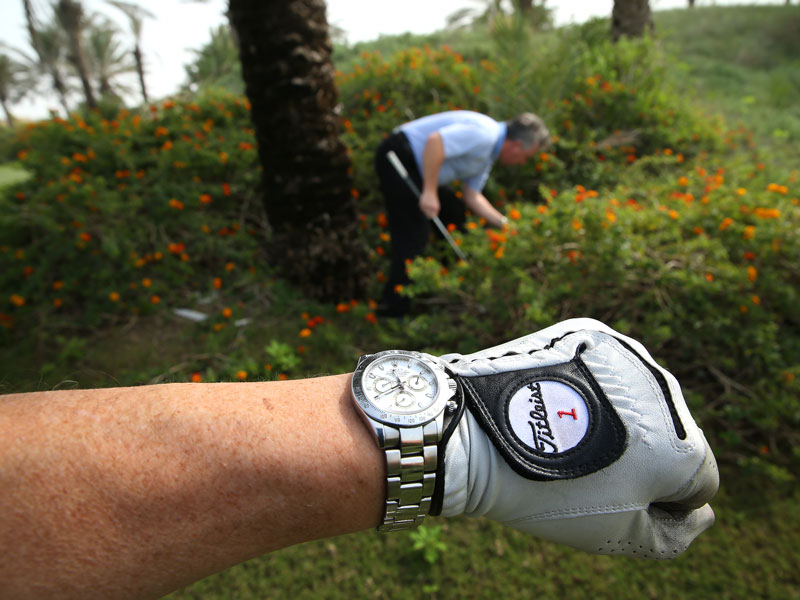 New Golf Rules Explained: Searching For Your Ball
New Golf Rules Explained: Searching For Your BallBall search time has been reduced to three minutes plus there are a couple of other changes in this category
By Golf Monthly Published